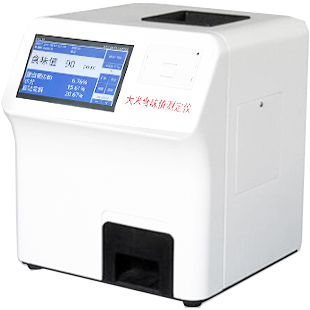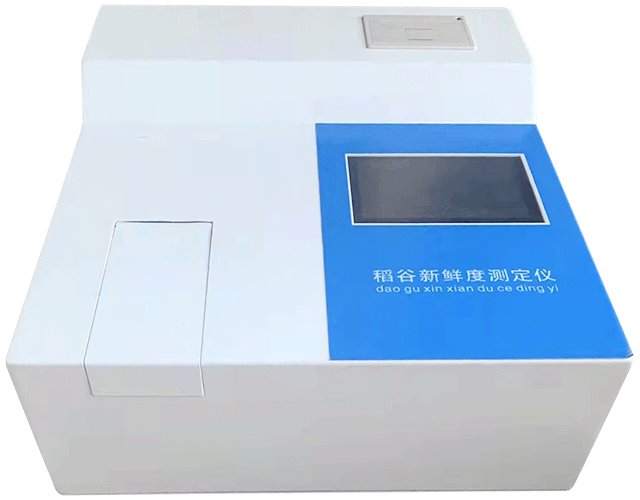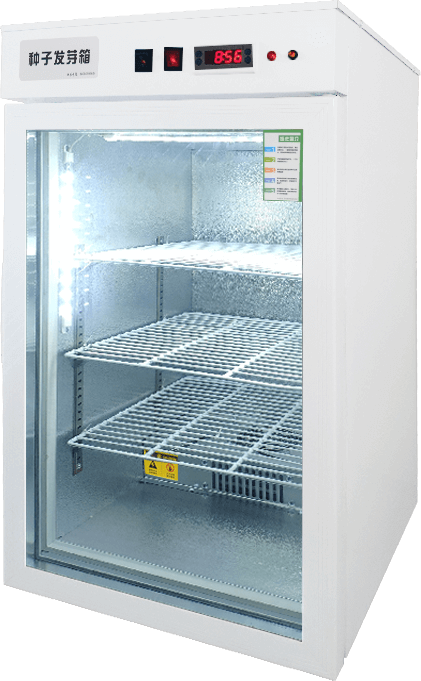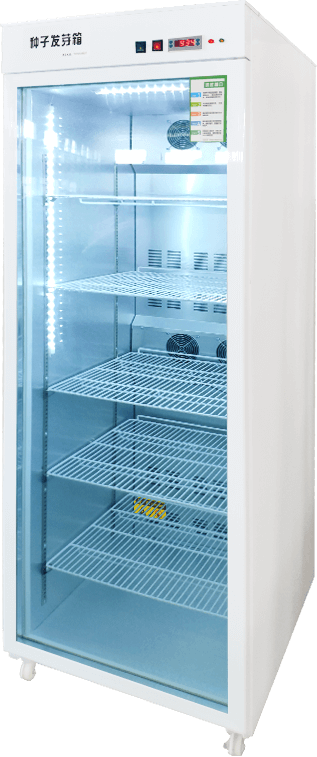
Rice Taste Meter
- Product Number:LD-LY
- Product Difference:Testing rice and brown rice to obtain four key indicators: moisture content, protein content, amylose content, and taste value
Product Introduction
The Rice Taste Meter is a key instrument for assessing the taste of polished and brown rice. This device primarily analyzes polished and brown rice from japonica and indica varieties, yielding four key metrics: moisture content, protein content, amylose content, and taste value. Notably, its scoring system for rice taste provides an objective and direct evaluation of rice's edible quality. This instrument is widely used in rice procurement and storage operations, for assessing the quality of brown rice and white rice, in rice processing plants, for online quality control in rice production lines, and in research institutions for rice quality studies and breeding programs.
Product Features
Objective evaluation replaces manual sensory taste assessments, offering an unbiased and convenient alternative that eliminates errors from subjective human judgment.
Simple and user-friendly operation allows anyone to use it, whereas chemical and sensory methods require specialized personnel with extensive training.
Rapid analysis delivers results in just 60 seconds from sample loading, enabling swift detection of multiple parameters.
No sample preparation or pretreatment is required, eliminating errors caused by manual handling or processing conditions.
Instrument precision meets near-infrared (NIR) standards for moisture, protein, and other detection parameters, complying with GB/T 24895, GB/T 24896, and GB/T 24897 requirements.
Product parameters
Power Supply | AC 220V–240V, 50/60Hz |
| Instrument Power Consumption | ≤100W |
| Sample Quantity | Typical sample: approximately 200g or 150–250ml |
| Temperature | 15–30°C |
| Humidity | Below 80% |
| Measurement Subjects | Japonica rice, Japonica brown rice, indica rice, indica brown rice, etc. |
| Measurement Items | Taste value, moisture content, protein content, amylose content, etc. |
| Measurement Range and Accuracy Requirements | Taste value: Measurement range 50–100, Measurement accuracy: Repeatability error ≤2 |
| Moisture: Measurement range 9%–16%, Measurement accuracy: Repeatability error ≤0.2% | |
| Protein: Measurement range 6%–14%, Measurement accuracy: Repeatability error ≤0.3% |

 +86 19353291814
+86 19353291814
 +86 19353291814
+86 19353291814



